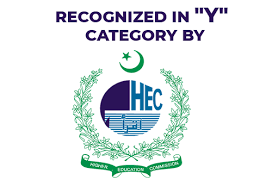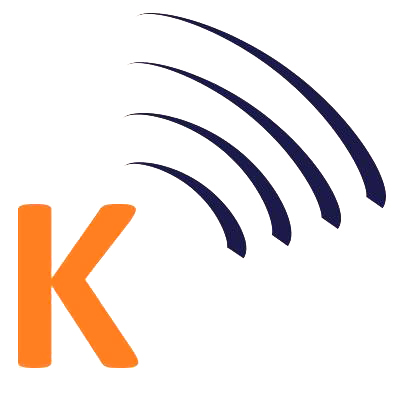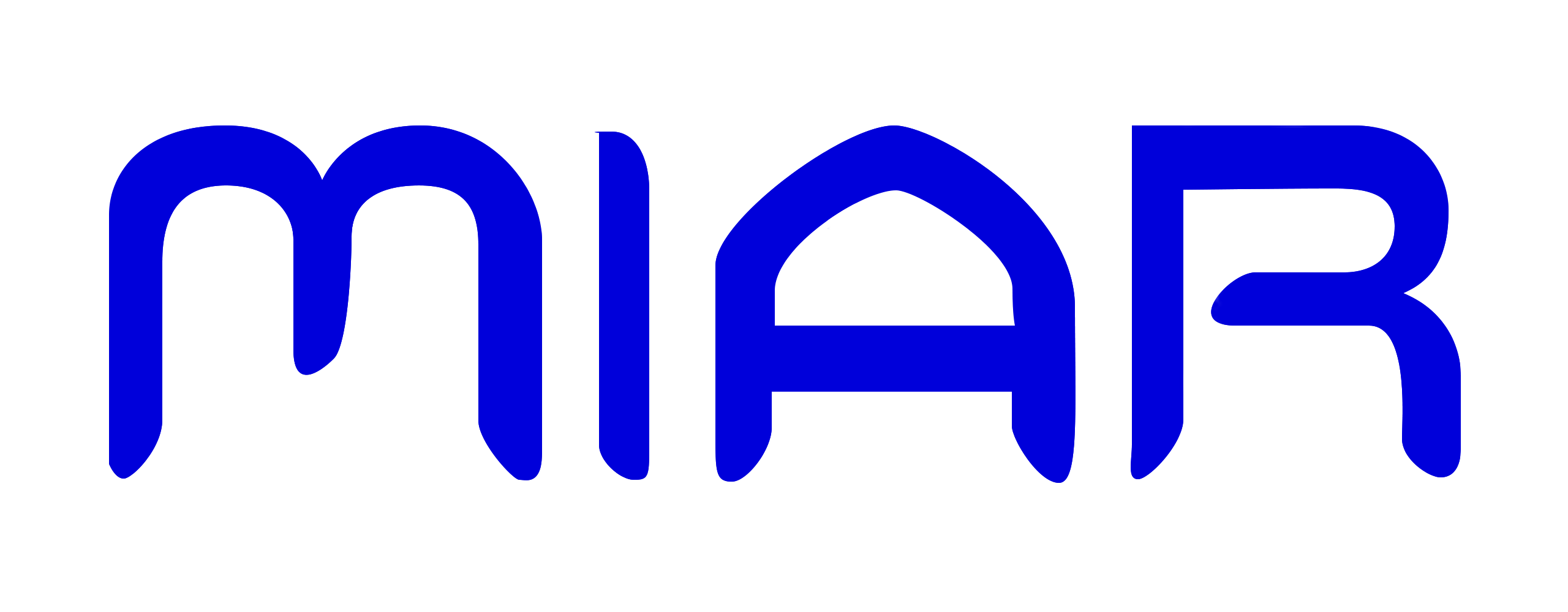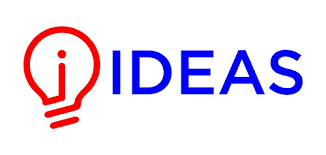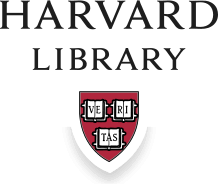Article | Open Access | Published: 25 May 2007
Education in Pakistan: The Key Issues, Problems and the New Challenges
| Views: | 157 | | | Downloads: | 128 |
Abstract:
The purpose of this research article is to investigate the key issues, problems and the new challenges in Pakistan. Education plays the role of leadership in the society. The functions of the educational institutions are to develop the people physically, mentally, psychologically, socially, and spiritually. It improves and promotes the economic, social, political and cultural life of the nation. Until now the role of secondary and college education in Pakistan has been simply preparation for tertiary education, which in the minds of most people means strictly a university education. All over the world universities are guiding and co-operating with the industrial and agricultural development organizations and they are developing their economics rapidly and meaningfully. There is a close link between education and development. In Pakistan, after more than five decades, the developmental indicators are not showing positive results. The participation rate at higher education is low comparatively to other countries of the region. There are problems of quality of staff, students, library and laboratory. Relevance with society needs, research facilities, financial crisis, arts students more than science student weaknesses of examination, ineffective governance and academic results are not at par with international standards. Considering the gigantic problems of education in Pakistan, the researcher selected this topic for research.
Keywords:
Market Liberalization, Capital Market, Competitive Economy.
Publisher:
ILMA UNIVERSITY
Published:
25 May 2007
Issue:
Issue 1 : Volume 3
E-ISSN:
2409-6520
P-ISSN:
2414-8393
This is an open access article distributed under the terms of the Creative Commons Attribution CC BY 4.0 license, which permits any use, distribution, and reproduction of the work without further permission provided the original author(s) and source are credited.


